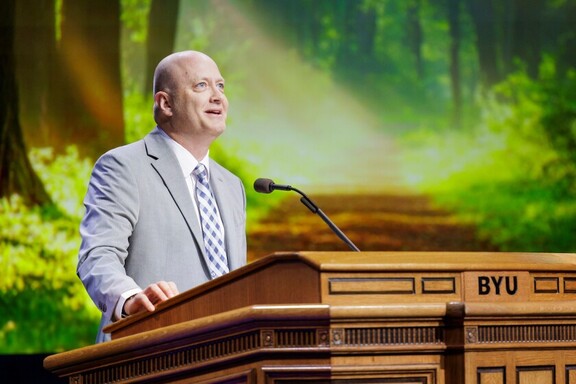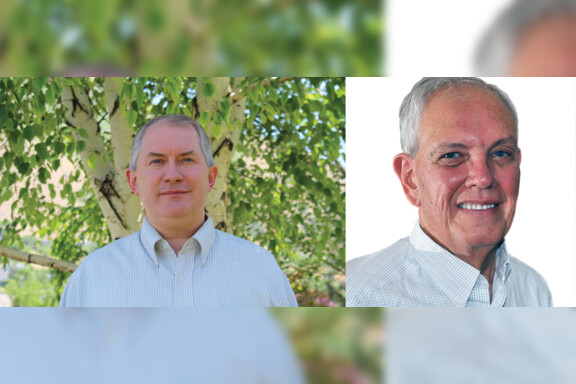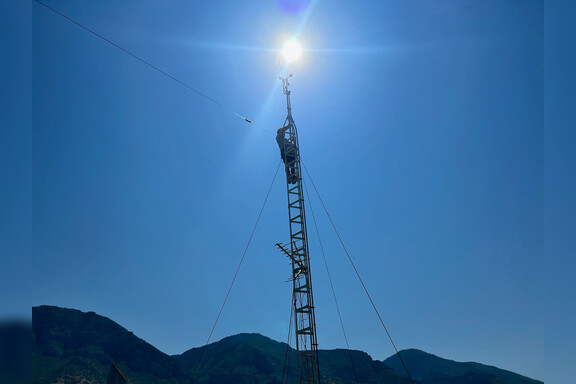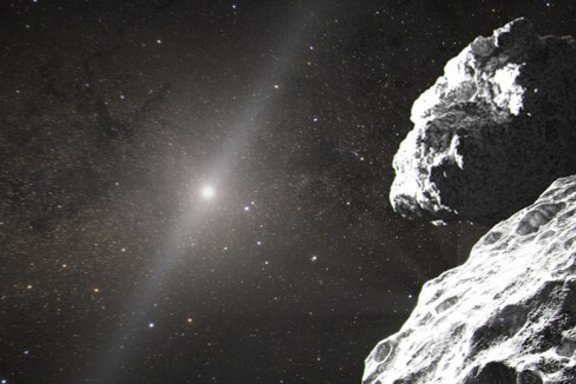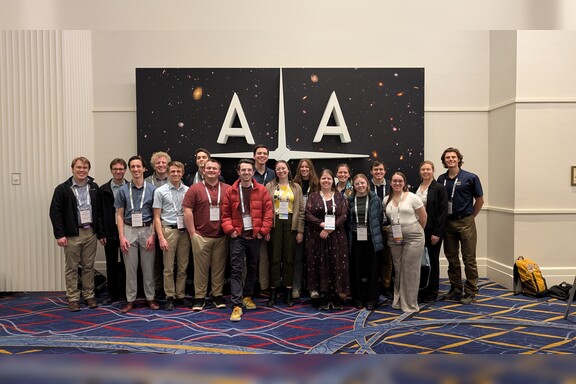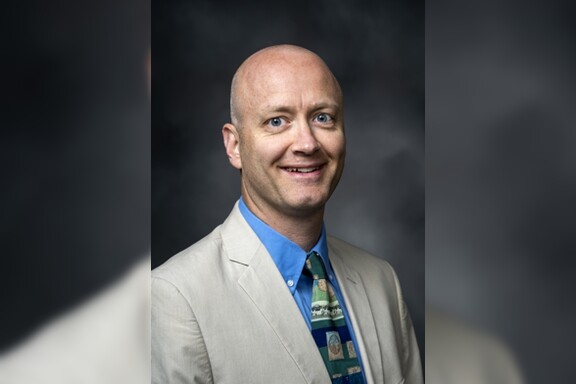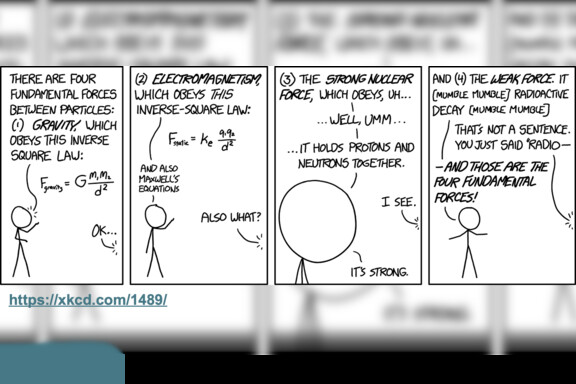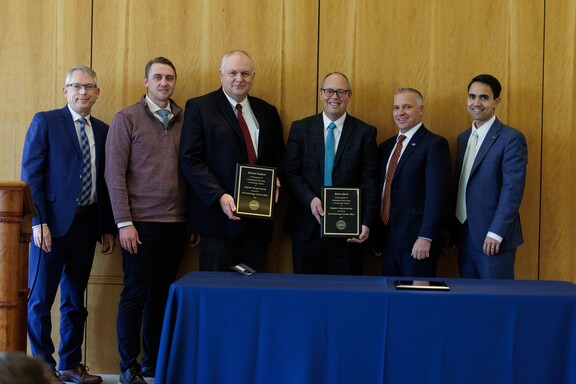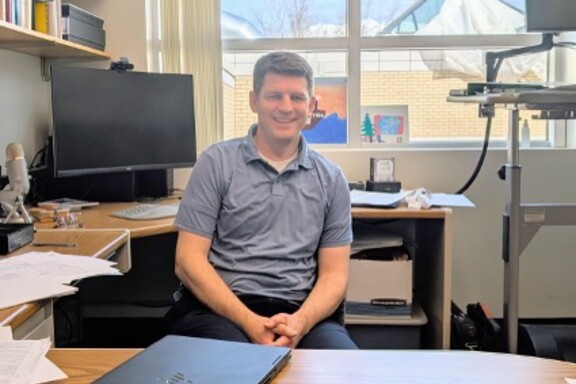
As a child in an Air Force family, Greg Francis grew up in many far-flung places, eventually graduating from high school in Guam. He decided to study at BYU, a decision that proved fortuitous as he met his wife in a Doctrine and Covenants religion class. After his mission to Munich Germany, they married and now have 4 children and a growing total of 17 grandchildren.
After his mission, Dr. Francis took Physics 321 from William Evenson. He enjoyed the class until the first midterm. When Dr Evenson handed back the midterms, Dr. Francis looked at his score–only 30%! He immediately stood up and left the class. Physics wasn’t right for him, so he needed to change his major. Luckily, the caring Dr. Evenson called him on the phone saying, “If you had stayed in class a few more minutes, you would have learned that you got the high score in the class!” With that news, he changed his major back to physics the next day.
Greg Francis graduated from BYU with a bachelor’s degree in physics in 1980, continuing to get a doctorate in plasma physics from MIT. During a postdoc at Lawrence Livermore, he taught evening classes at a community college and began to realize that he liked teaching physics more than working in the lab. He reached out to Lillian McDermott, a prominent physics education researcher at the time, and met with her at the University of Washington. After spending all day with Dr. McDermott’s group, she offered him a postdoc at U.W. on nothing but a handshake and a meager stipend. It wasn’t much money, but he knew his research there could strongly impact the world of physics teaching.
That postdoc launched him into his professorship and research at Montana State University in Physics Teaching. While there, he continued to research the best ways to teach physics, and he implemented that research in his classroom. While at MSU, he co-authored two textbooks, one for conceptual physics and the other for algebra-based physics.
Dr. Francis was hired as a teaching professor, so he is currently working on incorporating tutorials into the introductory physics courses here at BYU. Pulled from research done at UW by McDermott, Dr. Francis has adapted this tutorial-based teaching method to improve algebra-based classes. They increase physics understanding and correct common physics misconceptions.
Dr. Francis’s enthusiasm for physics teaching will advance the physics education program and inspire many to learn. We are excited to have him in the department!
Student authors: Micheal Murdock, Jay Cliftman, Michael Hogg, and Aaron Redd
News and Events

